The azure lagoons and golden light of Italy’s floating city have charmed visitors for centuries. Louise Long looks beyond the touristic sites and bustle of the Biennale to uncover Venice’s modern-day photographic highlights
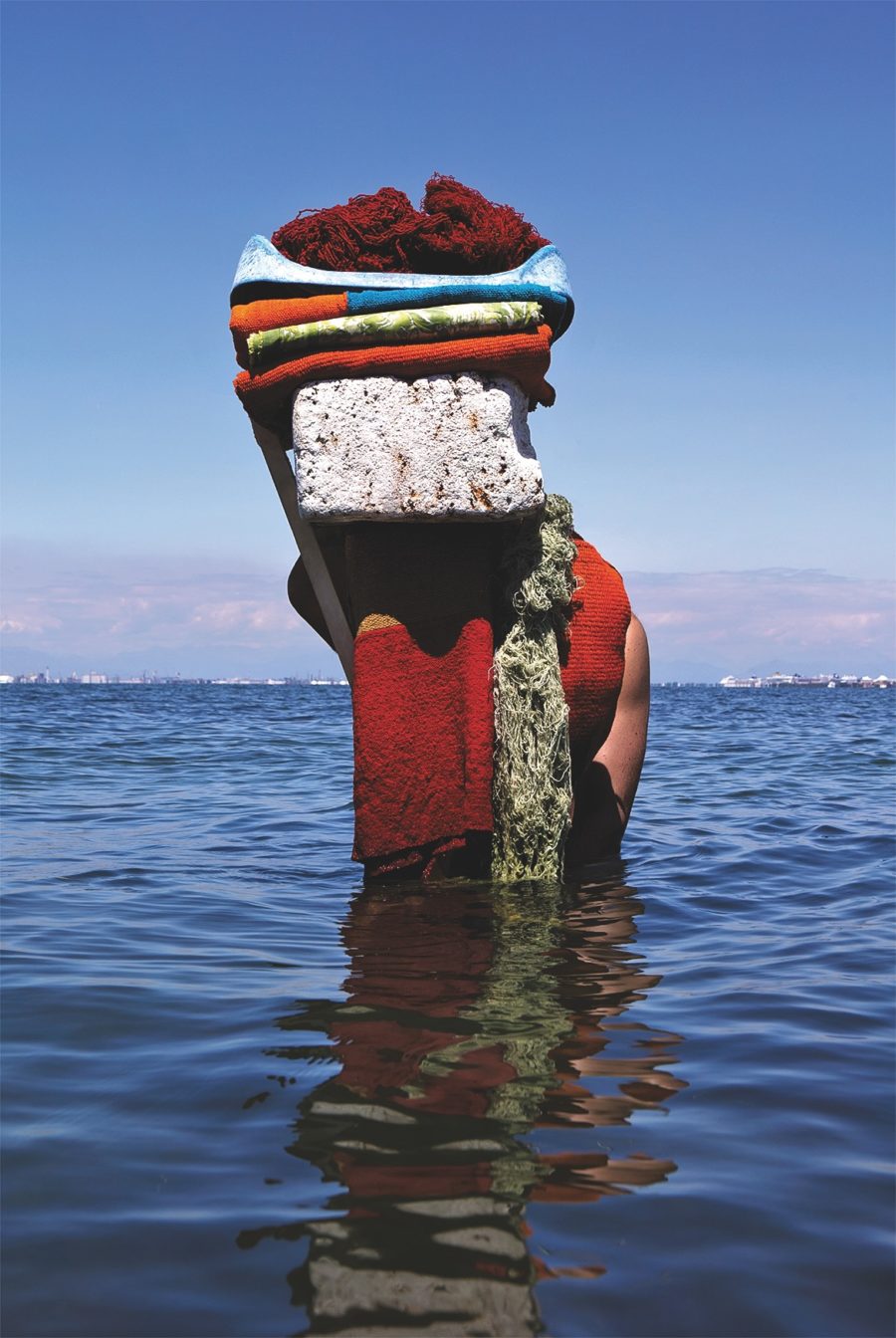

The azure lagoons and golden light of Italy’s floating city have charmed visitors for centuries. Louise Long looks beyond the touristic sites and bustle of the Biennale to uncover Venice’s modern-day photographic highlights
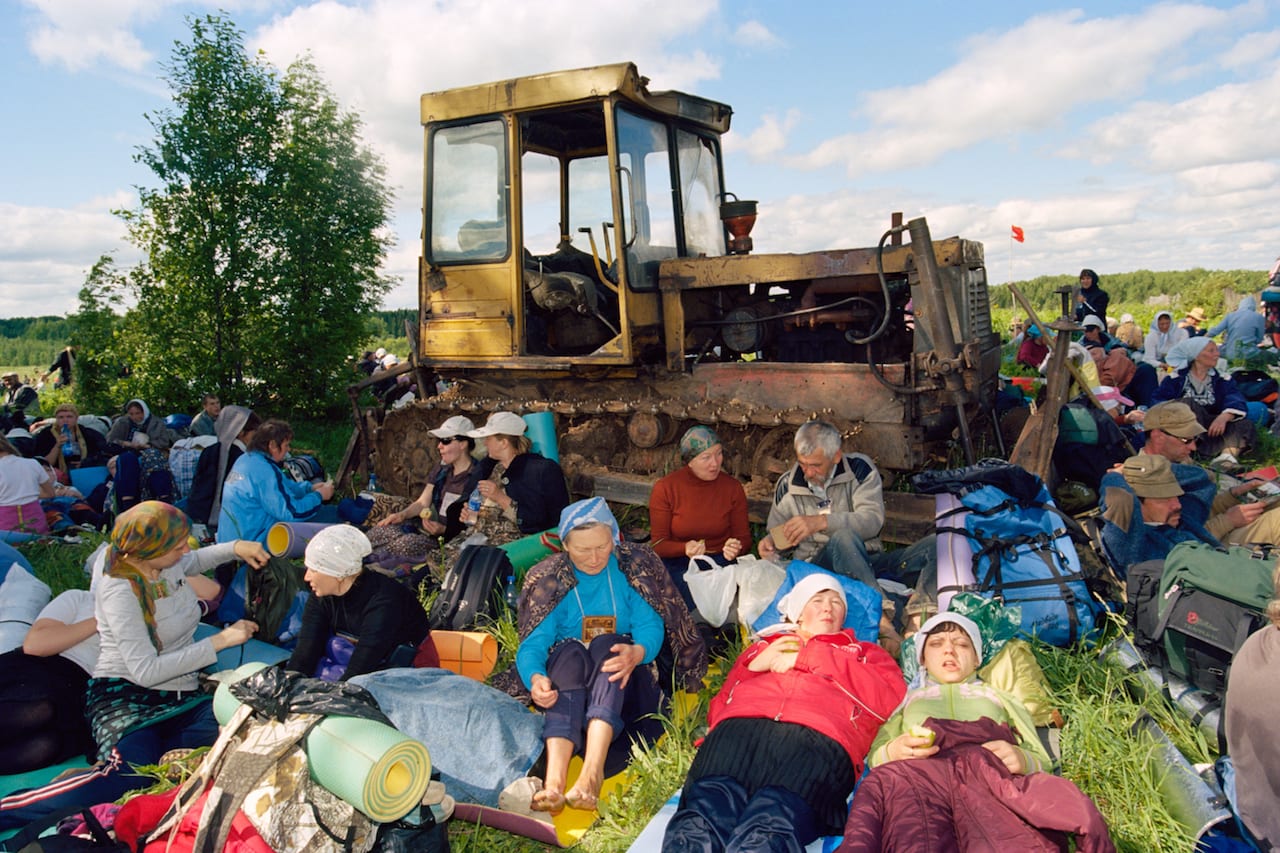
BJP-online Loves the new Russian photography on FotoDepartament’s Attention Hub, the RPS’ list of 100 photographic heroines, Claudio Majorana’s Head of the Lion, John Myers’ Looking at the Overlooked, Feast for the Eyes – The Story of Food in Photography on show at FOAM, Jamie Hawkesworth’s a blue painted fence, and La Vertigine by Federico Clavarino
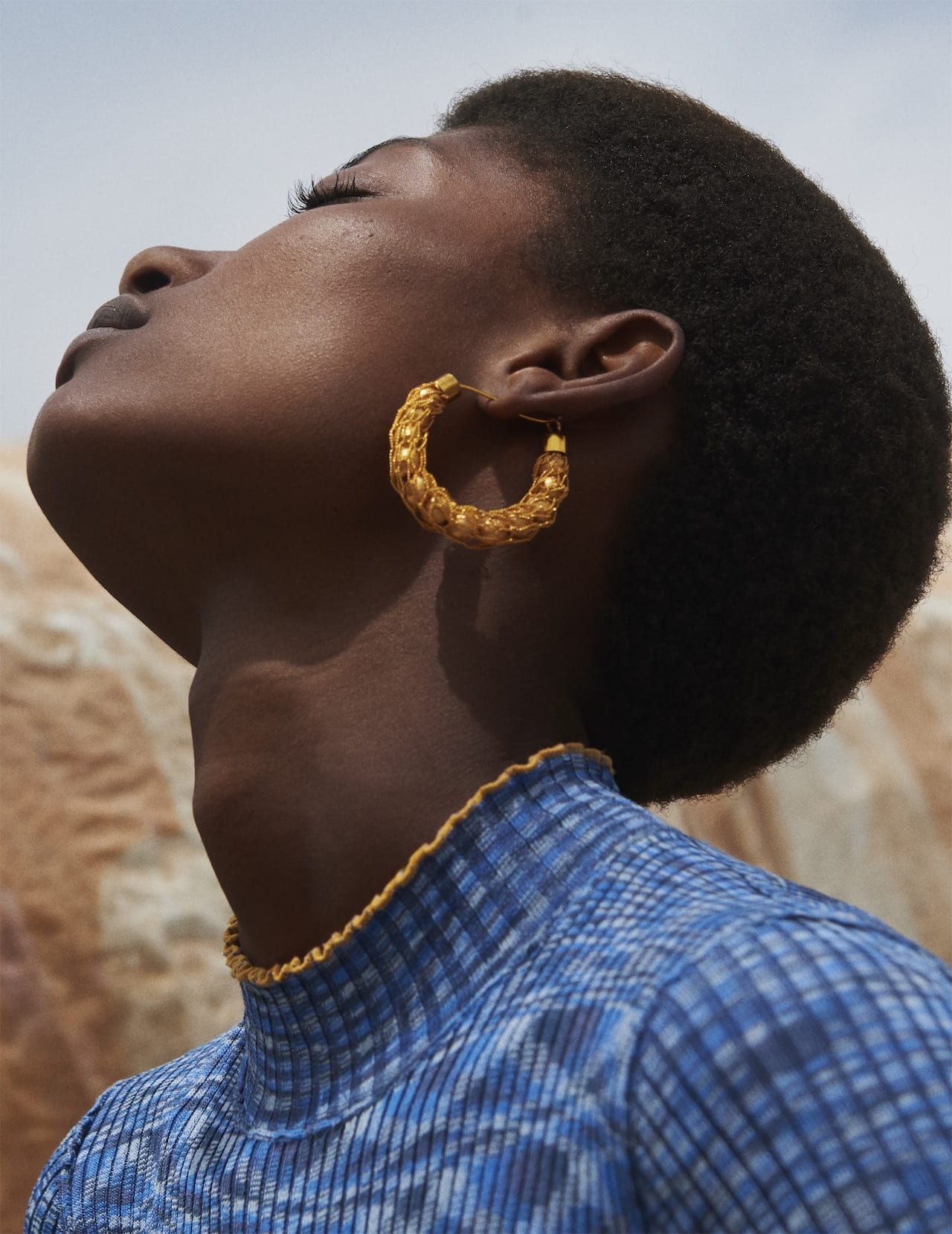
Nataal.com was born in 2015 as a platform to communicate the creativity coming out of Africa. It was launched by Sara Hemming, former art director at AnOther, Helen Jennings, former editor at Arise magazine, and Senegalese actor and director Sy Alassane. Focusing on fashion shoots, long form features and visual essays, Nataal collaborates with emerging artists around the world who are shaping global narratives around African culture.
This year, Nataal published its first annual print magazine, built around the theme “Future Gaze” and containing 336 pages of photography by well-known artists such as Viviane Sassen, Lorenzo Vitturi and Ayana V Jackson, as well as commissions by up-and-coming photographers such as Arielle Bobb-Willis. The photography is accompanied by in-depth editorials covering a range of topics including fashion, visual arts and music, as well as a short story by American-Ghanaian writer Nana Ekua Brew-Hammond, and articles about contemporary African culture and business.
BJP spoke to creative director Sara Hemming and editorial director Helen Jennings about Nataal media and why photography is so integral to their magazine.
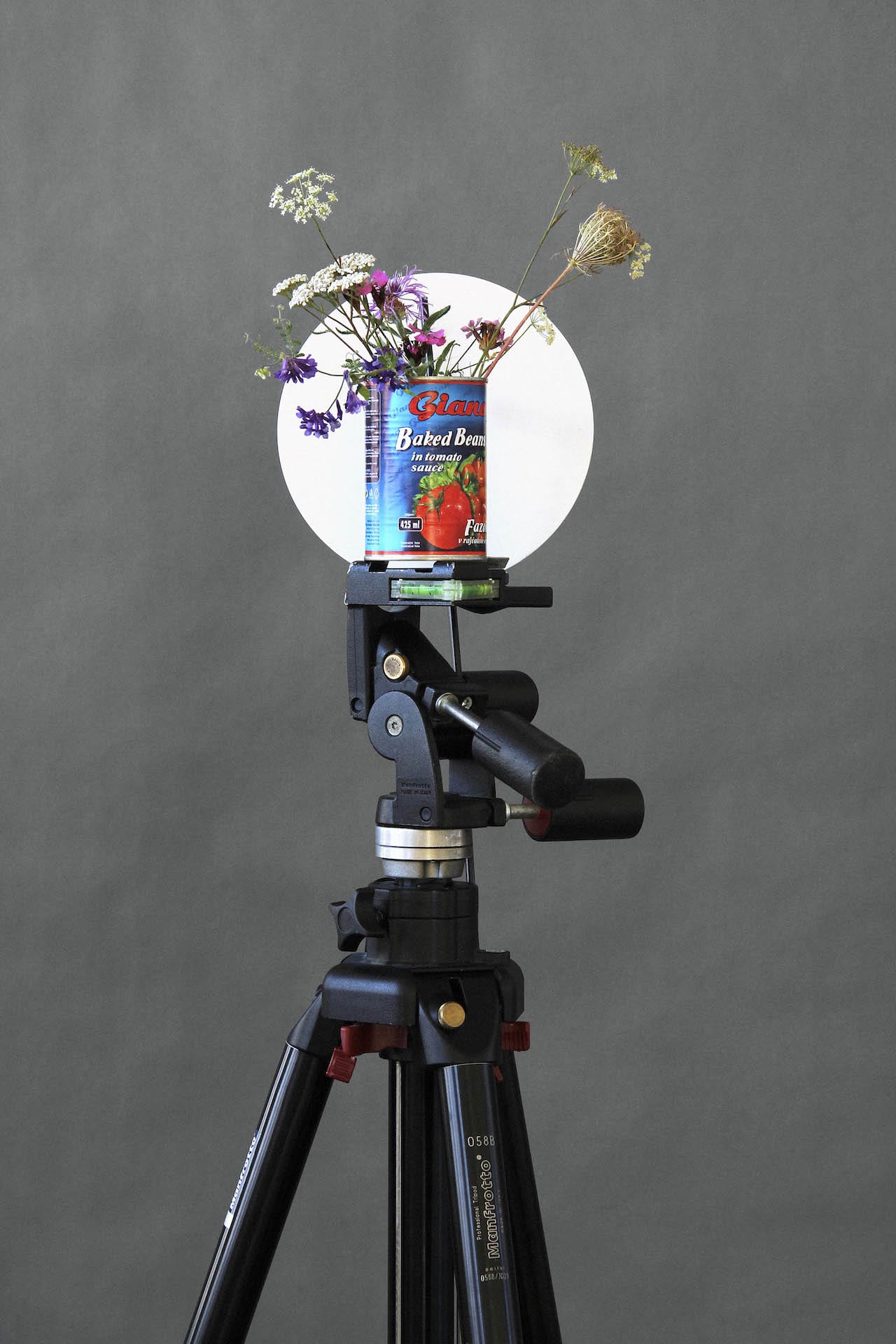
Feeling all shopped out? Take refuge in a photo show – though many are being hosted by private galleries in Paris next week, meaning you can still buy prints if you want to. Photo Saint-Germain is a huge umbrella under which 36 exhibitions and events are taking place, for example, including the Polycopies and Shakespeare & Co book events and several cultural institutes, but also smaller, commercial galleries.
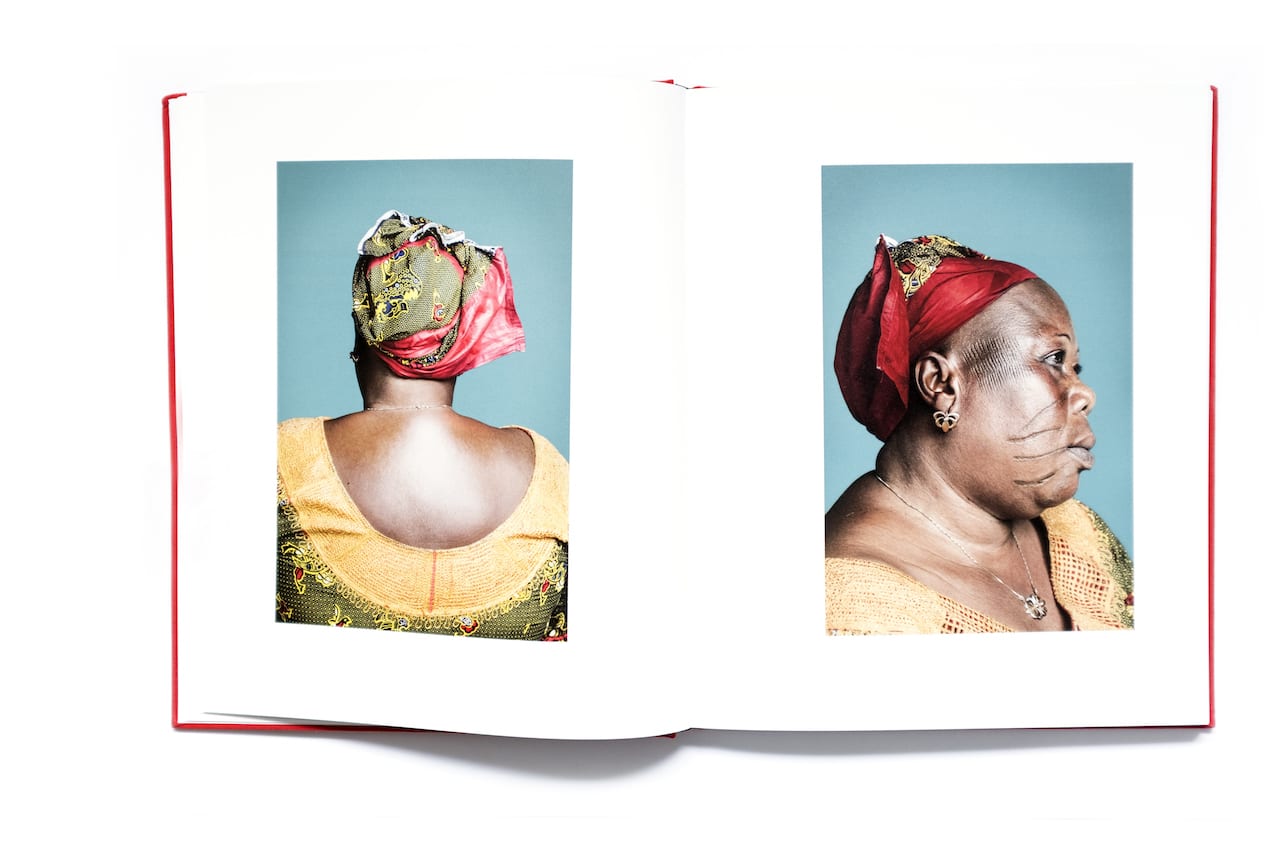
Only a small percentage of the 400 books that Ben Krewinkel has collected and featured on his website, Africa in the Photobook, are actually African. Many are historical publications, political pamphlets, or children’s books, written, photographed, and published by Europeans – including old colonial texts, which seem to obsess over hairstyles and traditions of scarification. Even the books by contemporary African photographers are mostly published in the West. As a collection that covers more than a century from 1897 to 2018, Africa in the Photobook follows the changing visual representations of the continent through the medium of the photobook – and soon it too will be transformed into a series of photobooks.
Krewinkel, a Dutch photographer, curator, and educator, is working with South African publishers Fourthwall Books on this series, and hopes to publish volume I by the end of 2019. Focusing on Africa under colonialism, it will include a long historical introduction, 40 case studies, and plenty of space to show large spreads from the books. Volume II will sketch a path from the beginnings of decolonisation in the 1950s to the late 1990s, marking the end of Apartheid and also the “re-evaluation of African photography”. Krewinkel then hopes to create a third volume, focusing on contemporary African photo books.
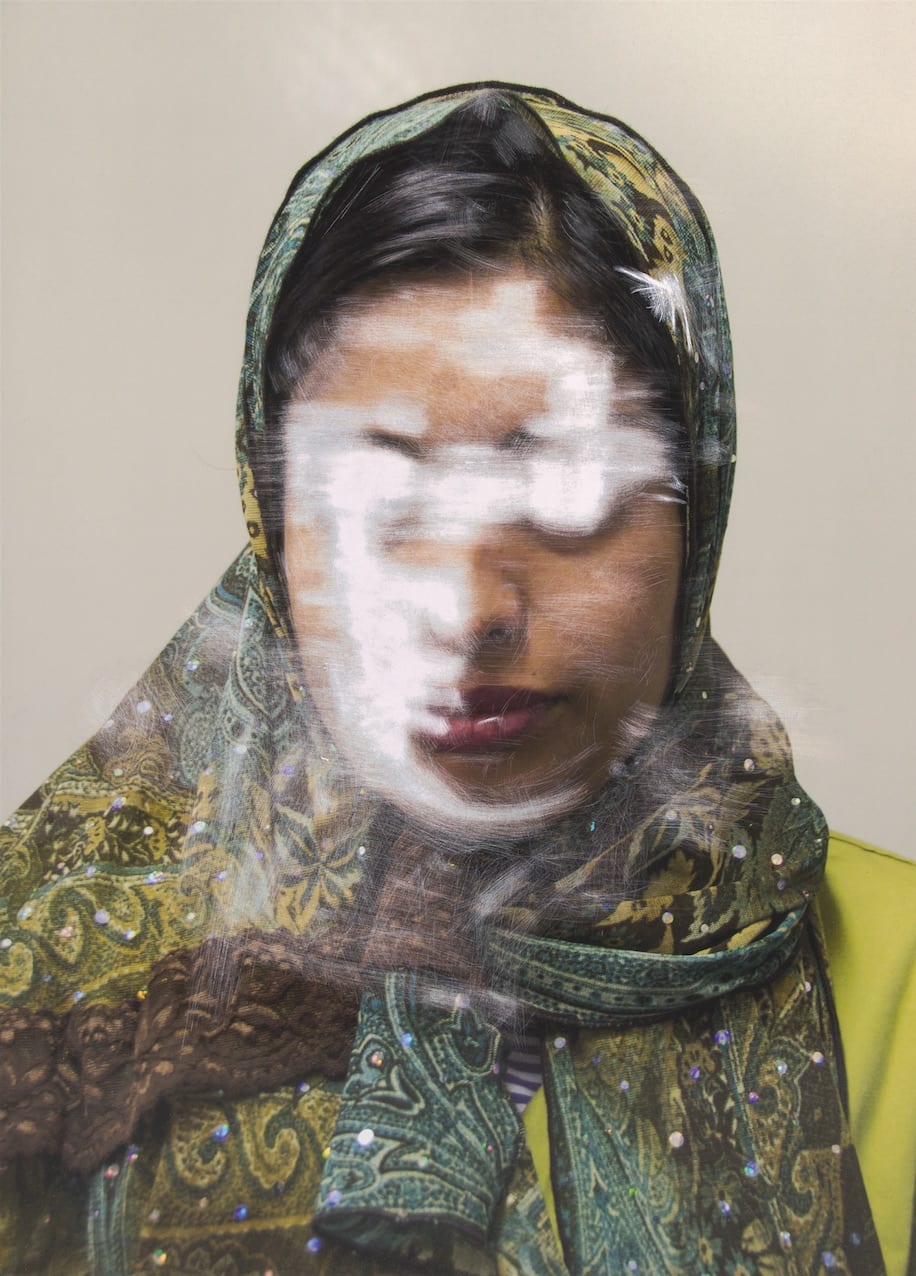
Article 14 of the Universal Declaration of Human Rights states: “Everyone has the right to seek, and to enjoy in other countries, asylum from persecution.” The UK was one of 48 nations to vote in favour of this document at the United Nations General Assembly in 1948 and now, 68 years later, British photographer Sam Ivin prints the full statement at the start of his first photobook, Lingering Ghosts. Made up entirely of portraits of people who have applied for asylum here, the book is a reminder – and an interrogation – of the codified notions of morality and fairness that Britain voted for but is not living up to.
Published by Fabrica, Lingering Ghosts asks a simple but thorny question – what does it mean to be an asylum seeker in the UK? Ivin scratched out the eyes of his subjects to induce a sense of foreboding, discomfort and alienation. As Gemma Padley notes in the foreword, “Once we remove our ability to connect with a subject through a person’s eyes, what remains?”
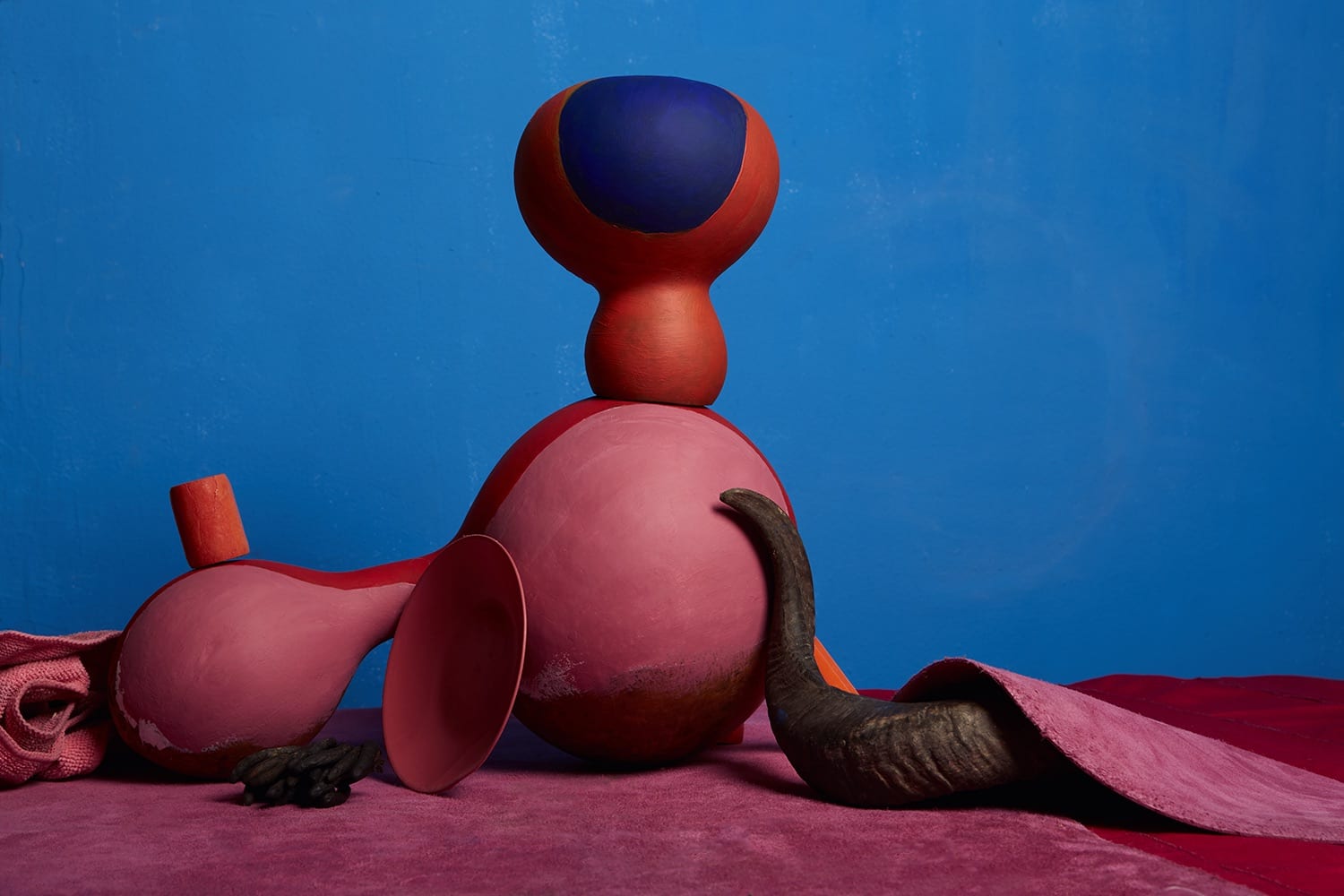
First established in 1970 by Angela Flowers in London’s West End, Flowers Gallery now has…
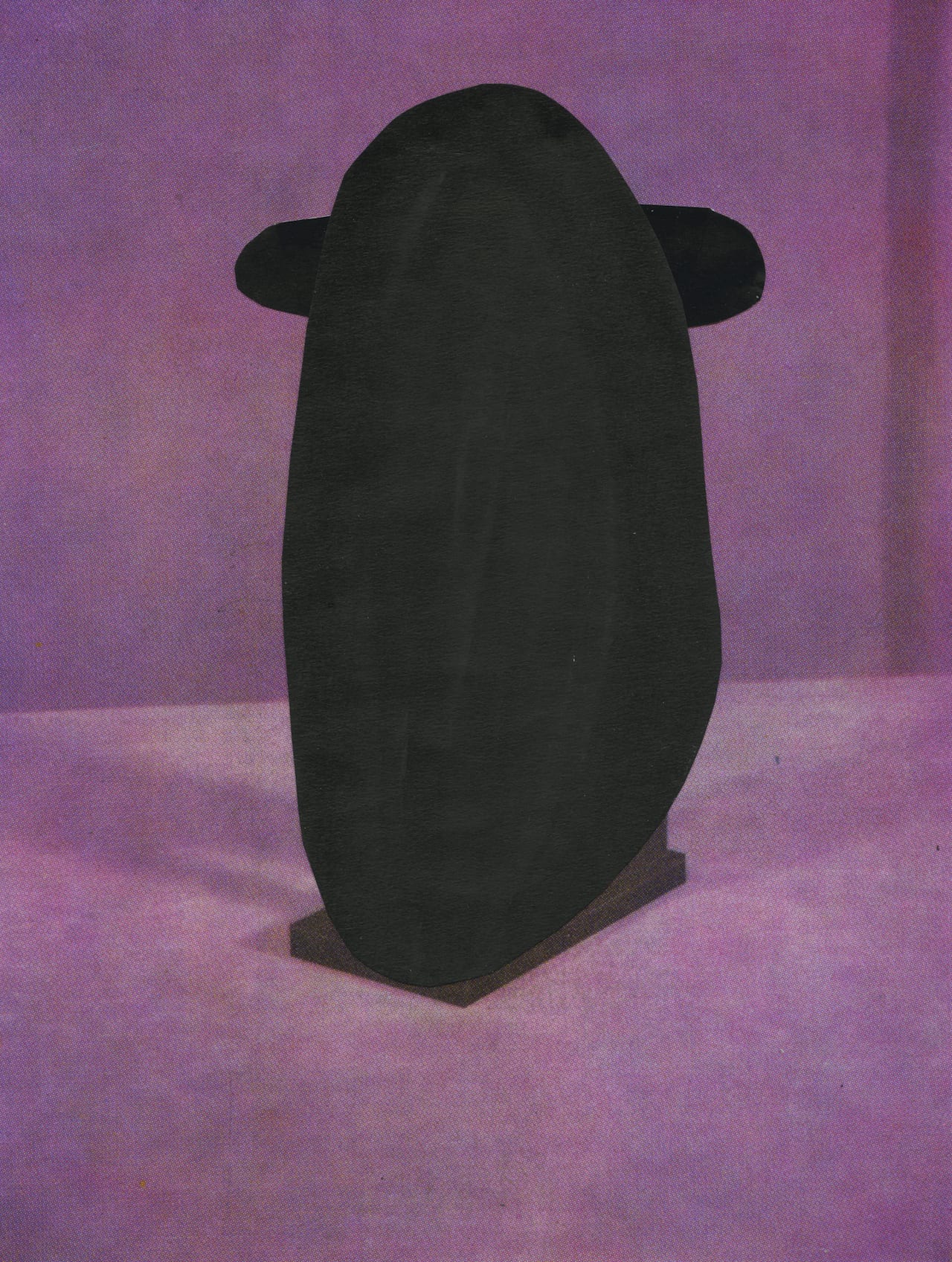
Alighting at Peckham Rye train station in south London, a short walk across a busy market street takes you to the Bussey Building complex, a former cricket-bat factory that is now home to an assortment of bars, music venues, yoga studios and art spaces, including the Copeland Gallery. This bright exhibition space is once again the main site of Peckham 24 festival of contemporary photography, celebrating its third edition this year and running over the weekend of 18 to 20 May to coincide with Photo London – more than the 24 hours with which it launched and gave it its name. “Last year we were literally pushing people out of the door at midnight,” laugh the co-founders, Vivienne Gamble, whose Seen Fifteen gallery is in a nearby space, and artist Jo Dennis.
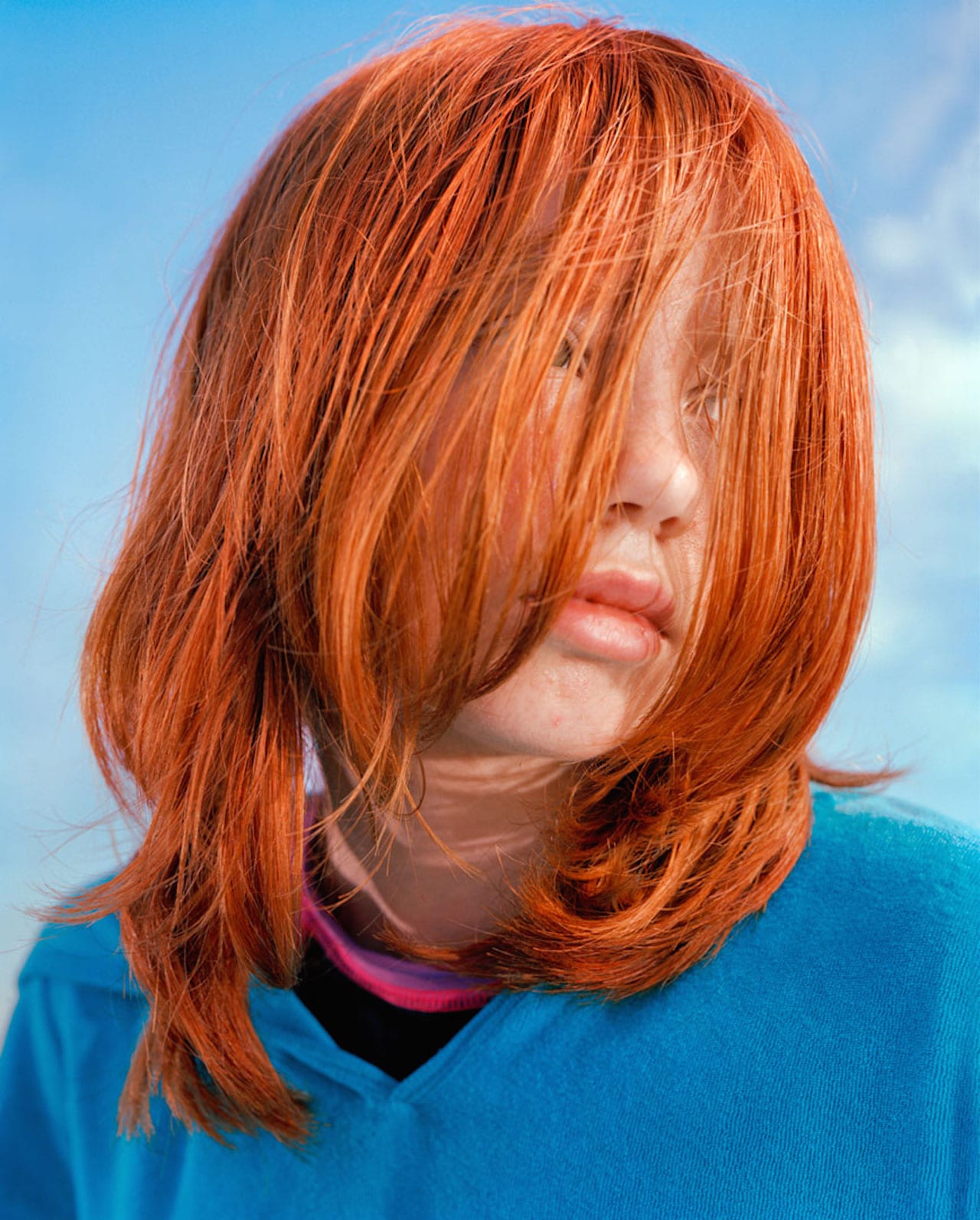
It’s one of the most interesting prizes for emerging photography, with previous winners including Sølve Sundsbo, Anouk Kruithof, and Lorenzo Vitturi – it’s the Grand prix du jury photographie at the International Festival of Fashion, Photography and Fashion Accessories in Hyères and the 2018 finalists are: Eva O’Leary (Ireland, USA), Teresa Eng (Canada), Pascale Arnaud (France), Laetitia Bica (Belgium), Sarah Mei Herman (Netherlands), Allyssa Heuse (Philippines, France), Jaakko Kahilaniemi (Finland), Csilla Klenyánszki (Hungary), Sanna Lehto (Finland), and Aurélie Scouarnec (France). The ten shortlisted photographers will present their work at a group show at the Villa Noailles from 26 April-27 May; the winner will be announced during the festival, which takes place from 26-30 April.